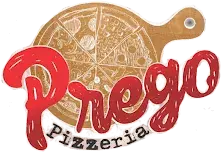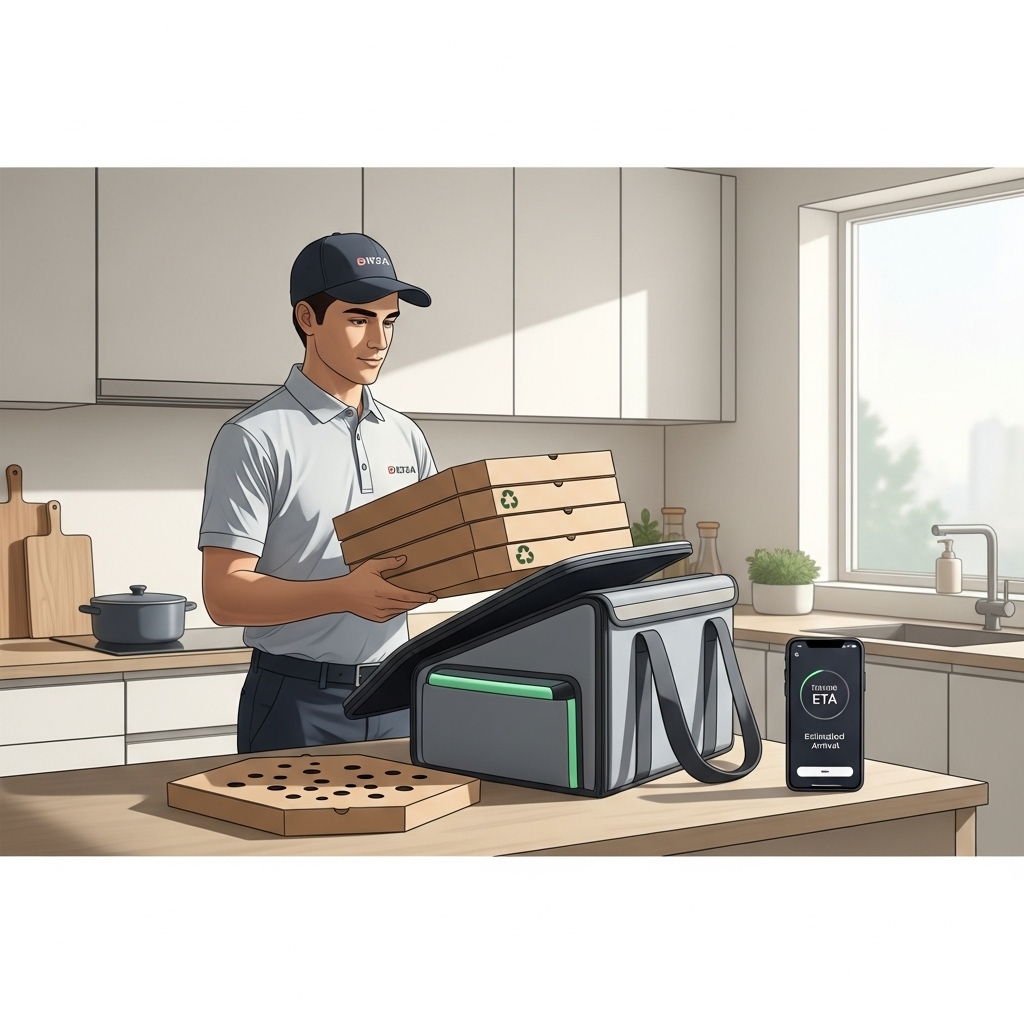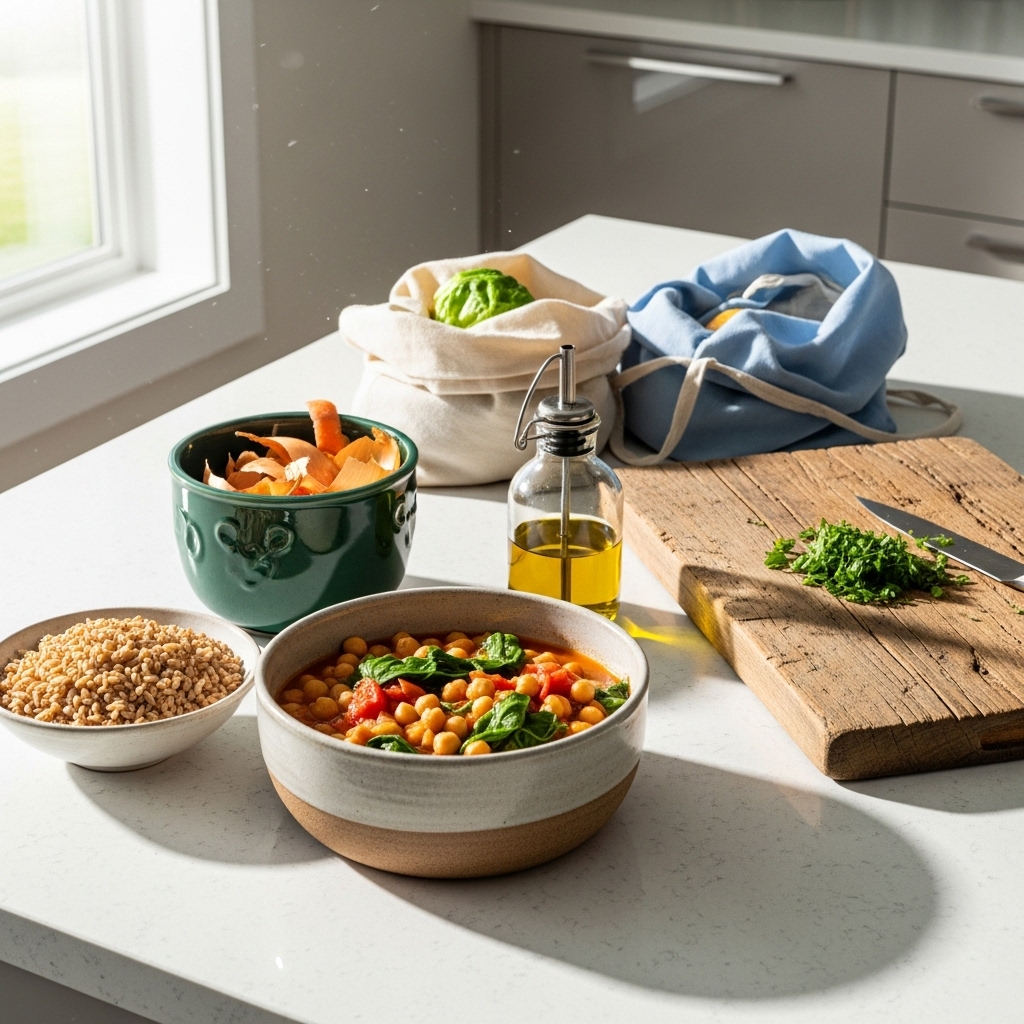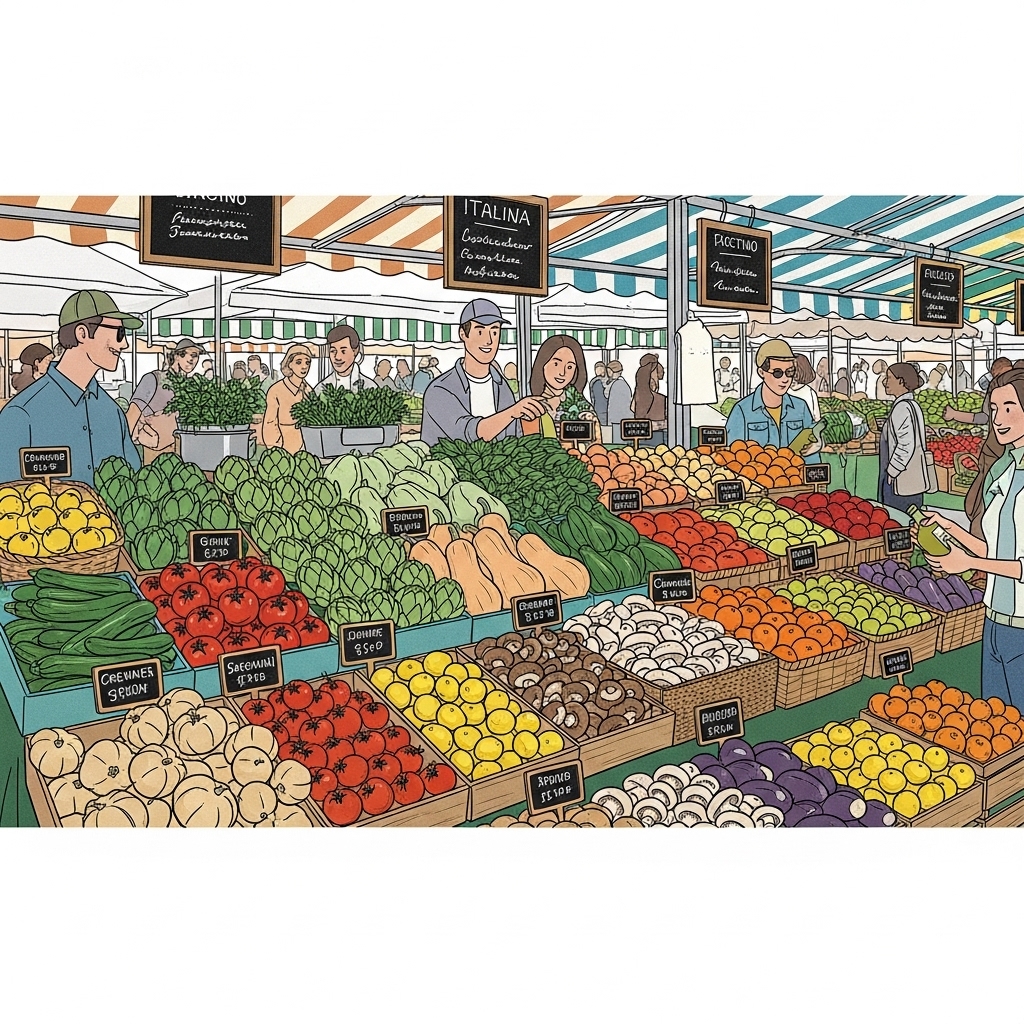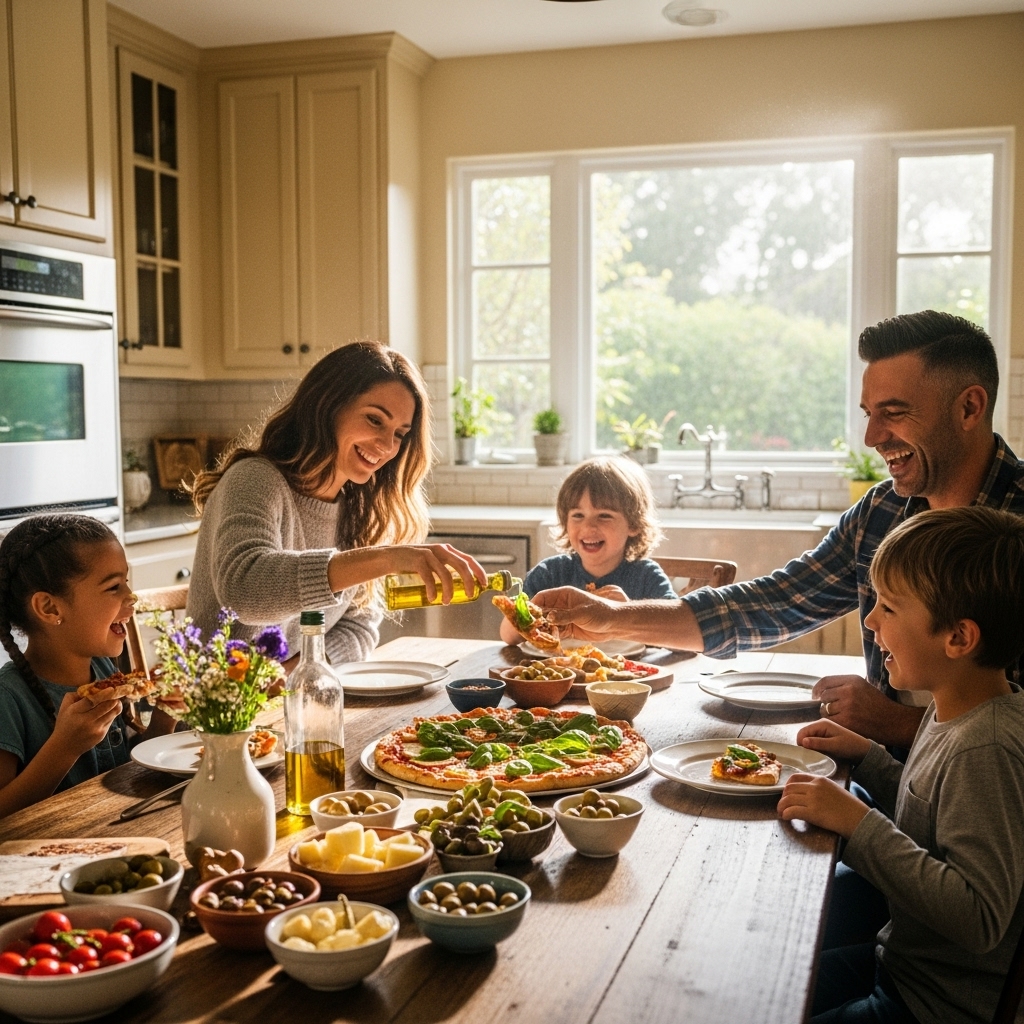Encino’s love affair with a great slice has always been part of its character, but the way pizza reaches our tables is changing fast. Between new technology, smarter packaging, and menus that reflect the Valley’s evolving tastes, pizza delivery in Encino is undergoing a quiet revolution. If you’ve noticed your orders arriving hotter, your options getting more creative, or your checkout process feeling strangely effortless, you’re seeing those trends at work. As a local who pays attention to how our kitchens adapt to the pace of Ventura Boulevard and the sprawl of hillside homes, I can tell you the most exciting developments happen behind the scenes—yet they’re felt in every bite.
First, the backbone of delivery is getting smarter. Kitchens and drivers are leaning on routing tools that account for Encino’s unique traffic patterns. They learn which turns on Ventura are faster at 6 p.m., how to avoid the snarl near the 405, and when the Basin slows around concert nights or youth sports tournaments. This local data means your pie sits in transit for less time. Pair that with coordinated oven timing—multiple pies staggered to finish seconds apart—and the result is a bag that loads fast and drops off hot.
The technology extends to communication. Text updates are no longer generic. Drivers can ping you with precise ETAs, and kitchens can nudge you when the oven fires so you know the timeline is accurate. That transparency is more than convenience; it helps you prep. You can set out plates, pour drinks, and keep the first box closed until everyone’s ready, which preserves heat and texture. Small signals like these elevate the experience without asking you to think about logistics.
Packaging has seen a creative leap, too. Breathable boxes prevent steam from collapsing the crust, and insulated carriers provide even heating across multiple pies. Some kitchens use box liners that wick moisture, while others tweak vent placement so the cheese stays glossy without drying. These design choices matter in Encino’s dry air, where a crust can lose its spring on the ride from the oven to a hillside address. The best operations treat the box as equipment, not an afterthought, and the results show up on your plate.
Kitchens are also baking for the road. A pie for dine-in and a pie for delivery are not the same thing; the latter often benefits from a touch longer bake for structure or a slightly different cheese blend to keep a smooth melt. You’ll notice toppings placed with travel in mind—leafy herbs added post-bake or in a separate container, well-drained vegetables that won’t flood the box, and cup-and-char pepperoni that keeps its edges crisp. These adjustments reflect a deeper understanding that delivery is its own culinary form.
Menus are evolving alongside technique. Encino’s appetite has always been broad, and delivery is now catching up with that range. Expect to see lighter pies with fresh, late-add toppings, seasonal produce from local suppliers, and doughs with distinct personalities—from airy, long-fermented crusts to sturdy, crunchy squares that travel like champs. Salads, dips, and sides are getting smarter packaging, too, minimizing spill and keeping textures bright. Dessert slices or mini cannoli might appear as an easy add-on, transforming a Tuesday night into a small occasion.
Another trend is precise customization. The best delivery systems let you communicate details that used to get lost—light sauce, extra char, a late cut so cheese sets. Kitchens are building workflows to honor those notes without slowing the line. Over time, your profile helps them anticipate what you like, and your pie arrives exactly how you prefer it. For a neighborhood like Encino, where diners care about nuance, that level of attention makes a meaningful difference.
Community-minded delivery is also taking shape. Local operators support youth teams, school fundraisers, and park cleanups, then turn that goodwill into dependable service. The loop is circular: better community ties lead to steadier staffing and sharper training, which lead to more reliable delivery. This matters on Friday evenings when the Valley hums; the teams that thrive are the ones rooted here, with drivers who can find a tucked-away driveway in the dark and kitchens that load a bag like a pit crew.
The rise of hybrid work has altered order patterns. Lunchtime deliveries are ticking up, and kitchens are responding with lighter options that land well at home offices—a crisp salad that stays crunchy, a half-pie pairing that doesn’t send you into an afternoon fog, or a vegetable-forward side you can graze on between calls. Timers and ETAs are tuned to shorter windows, acknowledging that your midday break isn’t an open-ended pause but a narrow slice of availability.
One of the more interesting developments is the embrace of data without losing the human touch. Operators watch how long certain routes take, which boxes retain heat best, and how weather shifts affect arrival temperatures. Then they tinker—slightly hotter bakes on cooler nights, quicker handoffs when the air is dry and evaporation is faster, more conservative topping loads on roads with speed bumps. These small calibrations preserve quality, and they’re felt most by customers who order consistently and notice the improvement.
We’re also seeing a sustainability conversation deepen. Efficient routing cuts fuel use. Smarter packaging reduces waste. Some kitchens test recyclable or compostable materials that still perform under the pressure of heat and steam. In Encino, where many households care about environmental choices, these efforts resonate. They show that convenience and responsibility can coexist without sacrificing the crunch of a well-baked slice.
Another Encino-specific trend is building access expertise. Many apartment and condo complexes have unique entry systems, and drivers are getting better at navigating them—knowing which gate codes need a buzz, how to use short-term parking without blocking neighbors, and where to meet for a quick handoff. That competence shaves minutes and preserves heat, quietly improving the experience for everyone who doesn’t live on a simple street with a visible front door.
As for culinary trends, Encino diners are adventurous but discerning. You’ll spot pies that pair Calabrian heat with honey sweetness, or vegetable-heavy combinations that feel bright rather than heavy. Doughs lean digestible and flavorful, with slow fermentation unlocking aroma and texture. There’s respect for classic red-sauce comfort and excitement for new-school technique. Delivery meets both with thoughtful build strategies and temperature management that keep each style in its best state upon arrival.
Quality control is getting more rigorous. Kitchens track hold times on the make line, stage orders to minimize box-open time, and train drivers to hand off quickly—lid closed, heat sealed. Many use checklists to confirm that dressing is clipped to the salad, that toppings match the ticket, and that a half-and-half pie was cut as specified. These routines make the difference between a merely decent delivery and one that feels restaurant-grade the moment you lift the lid.
In the middle of these shifts is a simple truth: the easier it is to order, the more relaxed the evening feels. Clean interfaces, saved favorites, and clear options reduce decision fatigue. You can build a reliable rotation of pies for different moods—game night, movie night, patio night—and trust that each will arrive as expected. When a shop treats digital ordering and kitchen operations as one continuous process, your order looks and tastes like it was designed for your home, not just for a table two feet from the oven. If you want a dependable result, choose a neighborhood favorite for Encino pizza delivery that has visibly invested in these systems.
The social ripple effects are real. Delivery lowers the threshold for hosting, and Encino responds by gathering more often. Parents order after a late game, neighbors linger on patios, and friends swing by for a casual slice-and-conversation night. The trend line isn’t just about speed and temperature; it’s about how dinner fits our lives. The less friction, the more memories.
Looking ahead, expect even tighter integration between kitchens and your preferences. The notes you leave become suggestions, the past orders inform bake strategy, and real-time route data shapes when the oven fires. The goal is simple: reduce the time between peel and plate without compromising the texture that makes pizza sing. It’s a ballet of heat, timing, and traffic—performed nightly across Encino’s streets.
Frequently Asked Questions
Why do some pizzas taste better via delivery than others?
It often comes down to technique. Kitchens that bake slightly longer for structure, manage moisture with smart topping placement, and use breathable boxes deliver pies that hold up during transit. These details preserve crunch and melt.
How can I keep my delivery pizza from getting soggy?
Open the lid for a few seconds to vent steam, then close it to retain heat until you’re ready to slice. Plate quickly once you start serving, and avoid stacking boxes on top of each other, which can trap moisture.
What’s new with delivery packaging?
Expect liners that wick moisture, vent placements tailored to thicker or thinner pies, and insulated carriers that keep heat even across multiple orders. Packaging is treated like equipment, not an afterthought.
Do local drivers really know Encino’s tricky addresses?
Yes. Experienced drivers learn gate codes, parking nooks, and the fastest approaches to hillside homes. That local knowledge trims minutes off each route and keeps food hotter.
How can I communicate custom preferences effectively?
Use the notes field for concise requests—light sauce, extra char, late cut—and repeat them on future orders. Consistency helps kitchens bake to your taste with minimal friction.
Are there sustainable delivery options?
Many kitchens are testing recyclable or compostable packaging and optimizing routes to reduce fuel use. Ask about their approach if sustainability is a priority for you.
Bring the Trend Home
If you want to taste the benefits of these delivery innovations, order from a local spot that bakes with transit in mind and communicates clearly from oven to doorstep. You’ll feel the difference in every slice. When you’re ready, place your next order through local pizza delivery and enjoy a meal that arrives as thoughtfully as it’s made.
